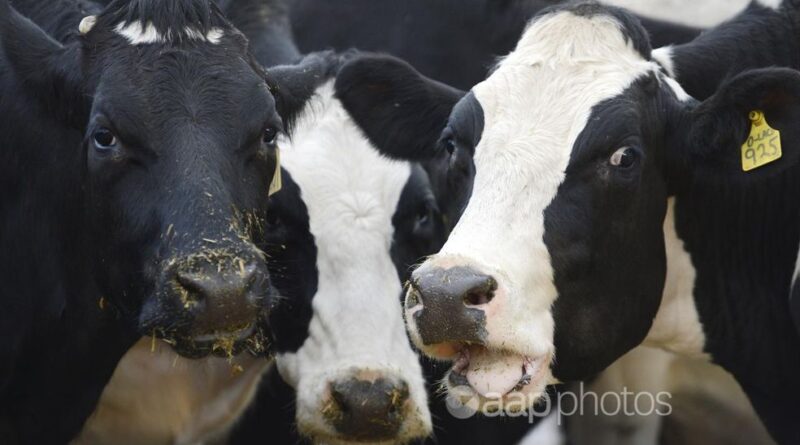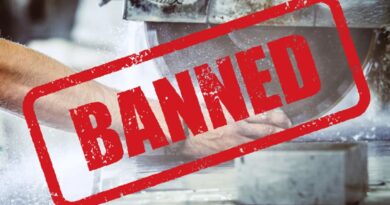No evidence Bovaer contaminates milk to cause human infertility or cancer
Soofia Tariq
December 17, 2024
WHAT WAS CLAIMED
Milk from dairy cows given Bovaer causes male infertility and cancer.
OUR VERDICT
False. There’s no evidence harmful levels of Bovaer can get into milk to cause male infertility and cancer in humans.
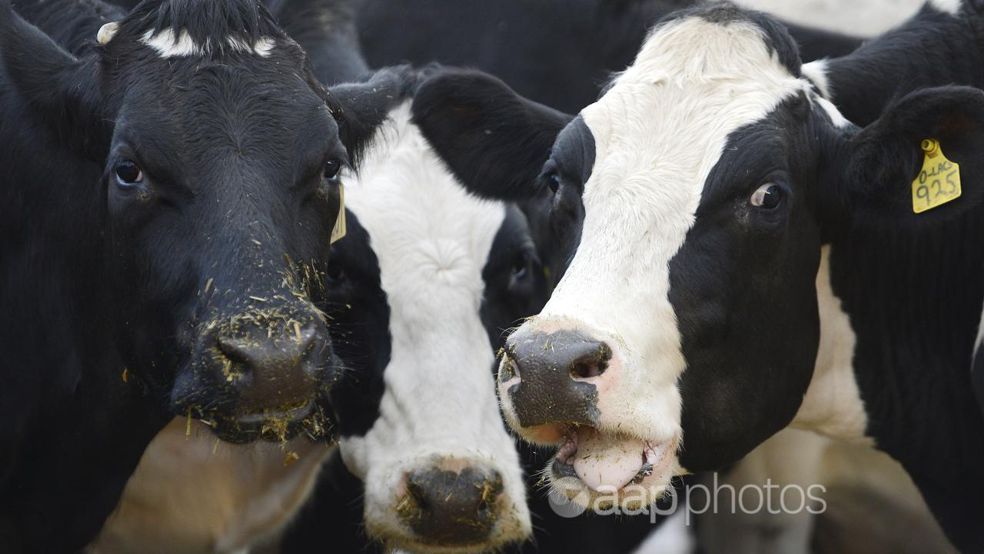
AAP FACTCHECK – There’s no evidence to support claims on social media that the methane-reducing cattle feed additive Bovaer contaminates milk and causes infertility and cancer in humans.
Food safety authorities highlight evidence that shows milk from cows given Bovaer is safe for human consumption.
The product has been cleared by European, UK and US food safety regulators, and is available in Australia.
Facebook posts made the claim after Arla Foods, which owns butter brand Lurpak, announced in November a partnership with UK supermarkets Tesco, Morrisons and Aldi to trial Bovaer in dairy cow feed.
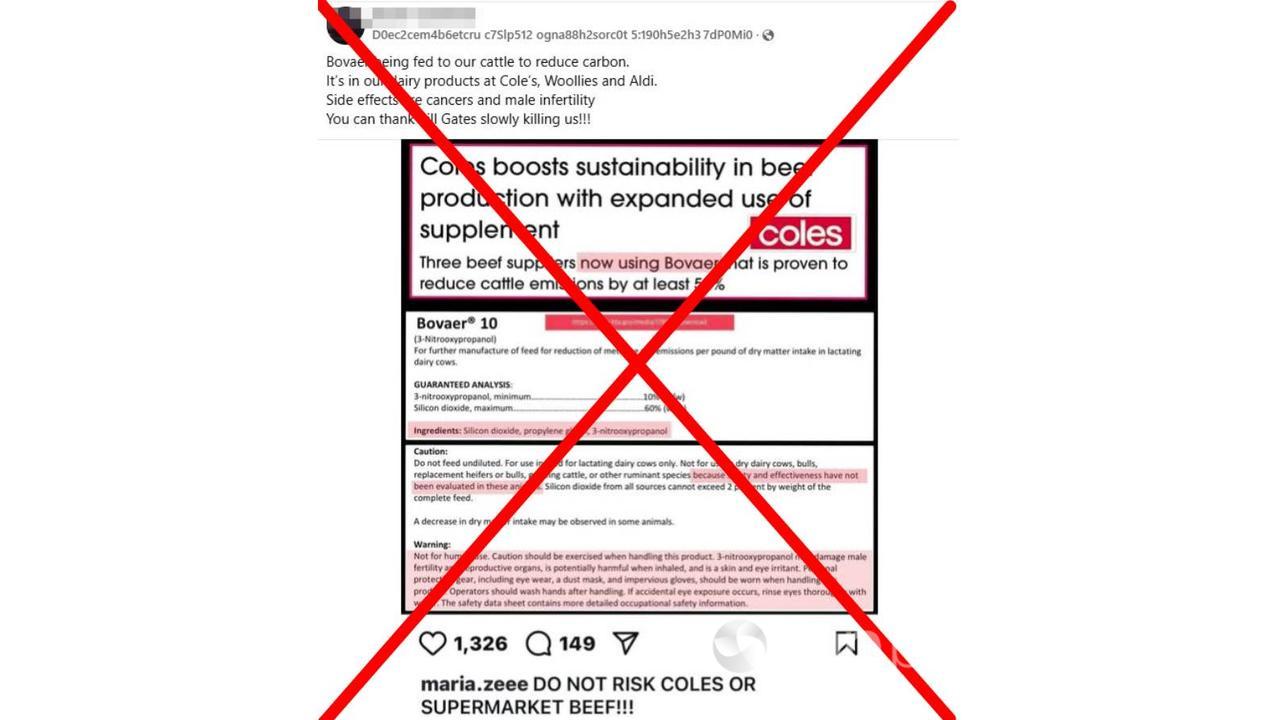
The additive suppresses an enzyme in cows’ stomachs that forms methane.
One Facebook post claims “Bovaer being fed to our cattle to reduce carbon. It’s in our dairy products at Cole’s, Woollies and Aldi. Side effects are cancers and male infertility You can thank Bill Gates slowly killing us!!!”
Studies and experts who spoke to AAP FactCheck say this is incorrect.
Cows quickly metabolise the active ingredient in Bovaer, “3- Nitrooxypropanol” or 3-NOP, in part of their stomach known as the rumen.
For example, a 2016 study found that 3-NOP was rapidly metabolised in a lab setting by the same microorganisms that are present in cow rumens.
Professor Richard Eckard, a dairy industry expert from the Melbourne University School of Agriculture, told AAP FactCheck that “the likelihood of the active ingredient reflecting in the milk is highly unlikely given its rapid breakdown in the rumen”.
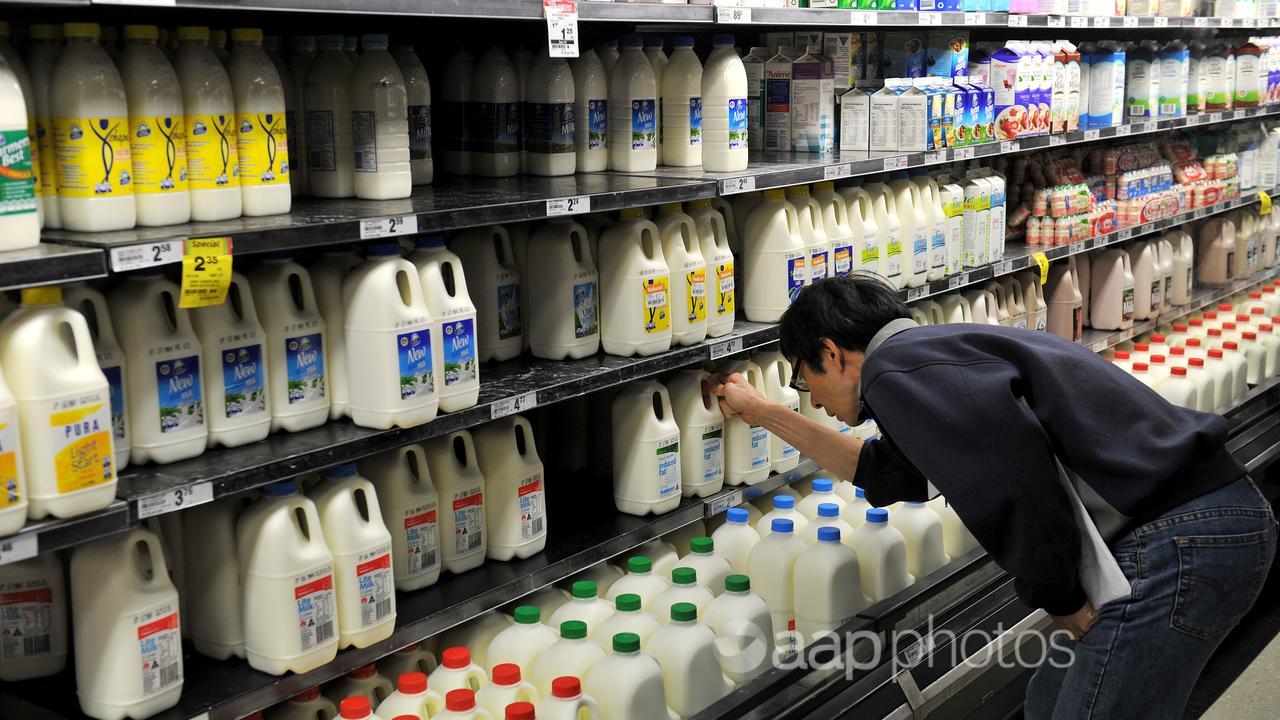
The European Food Safety Authority (EFSA) found Bovaer was safe for dairy cows at the maximum recommended level, and said there was no concern for consumer safety.
An EFSA spokesperson told AAP FactCheck that “studies showed that the active substance of Bovaer … is not present in milk and in the meat of animals fed with the additive”.
“This means that the consumer is not exposed to the additive itself,” the spokesperson added.
A statement from the makers of Bovaer, DSM-Firmenich, also says the additive is not present in milk or meat so consumers are not exposed to it, provided it’s used as recommended.
Another Facebook post claims Bovaer is “poisonous” and that “imo – it is carcinogenic and toxic and will mess with our bodies, such as the potential damage to male fertility & reproductive organs, eyes and skin”.
This post also features an image of an X post which claims that Japan’s food safety commission found Bovaer “shrinks testicles, decreases sperm count and reduces mobility of sperm” and “causes tumours”, leading the X user to claim Bovaer causes “CANCER and MALE INFERTILITY”.
The Food Safety Commission of Japan’s risk assessment found 3-NOP reduced the weight of male testis and epididymis, sperm count and sperm motor activity in mice, rats and dogs, but the research was not conducted on cattle or humans.
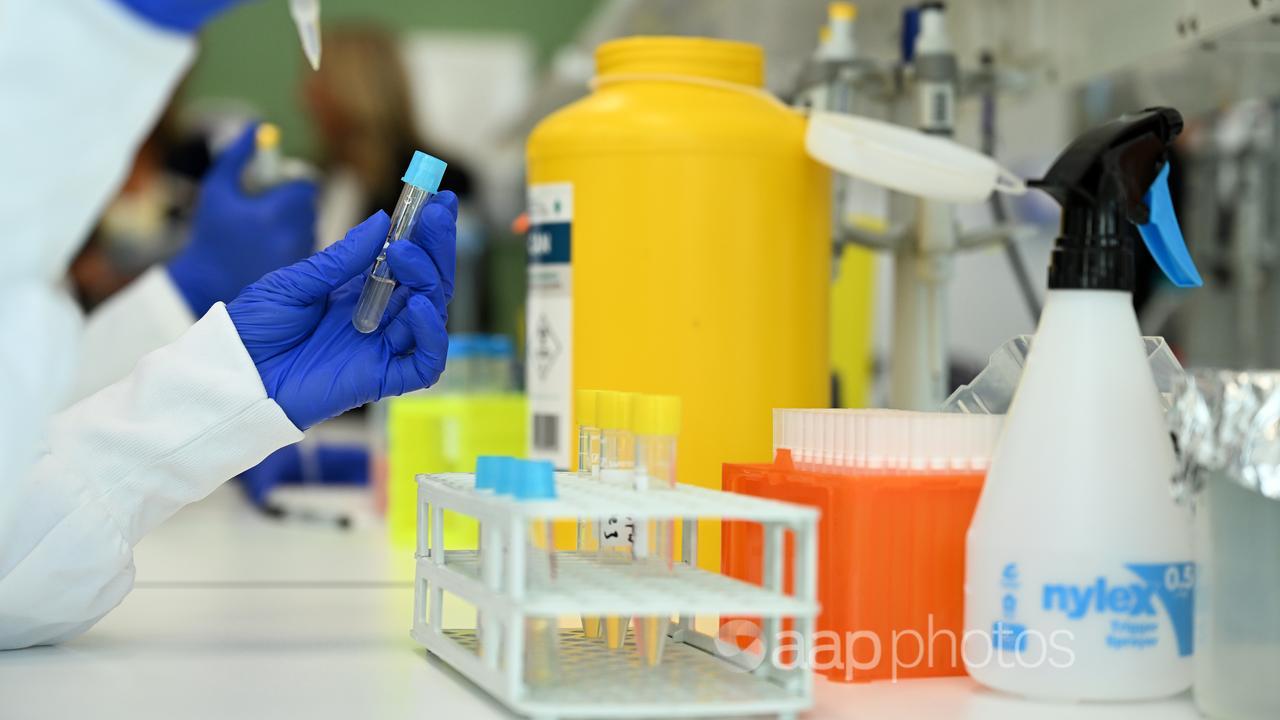
It said 3-NOP was quickly metabolised “and the parent substance was not detected … about 1-2 hours after the ingestion”.
Japan approved Bovaer for dairy and beef cattle in November 2024.
The English language version of the commission’s assessment does not state the dose that produced the reproductive effects in the animals.
However it did find the level where no adverse effects were observed for 3-NOP was 100 milligrams (mg) per kilogram of body weight per day, meaning the reproductive effects were seen at a dose greater than this.
The EFSA report found (page 21) effects in rat testes were seen at a dose of 300 mg/kg body weight per day.
Alastair Hay, Professor Emeritus of Environmental Toxicology at the University of Leeds, pointed AAP FactCheck to a UK Food Standards Agency (FSA) evaluation which found there were effects of 3-NOP on the reproductive system of male rats dosed at over 95.6mg/kg body weight.
Prof Hay noted this dose is 300 times higher than the dose the FSA agreed was acceptable for humans, which is 0.3mg/kg body weight per day.
3-NOP is metabolised primarily into what’s called “NOPA”.
Prof Hay said theoretical toxicology estimates indicated the levels of NOPA that might be possible in milk at the dosing levels proposed are some 100 times less than the FSA safe limit of 0.3mg/kg body weight per day.
Putting these together, he said the expected dose from drinking milk from animals given 3-NOP at the recommended dose is roughly 30,000 times lower than that which might cause reproductive issues.
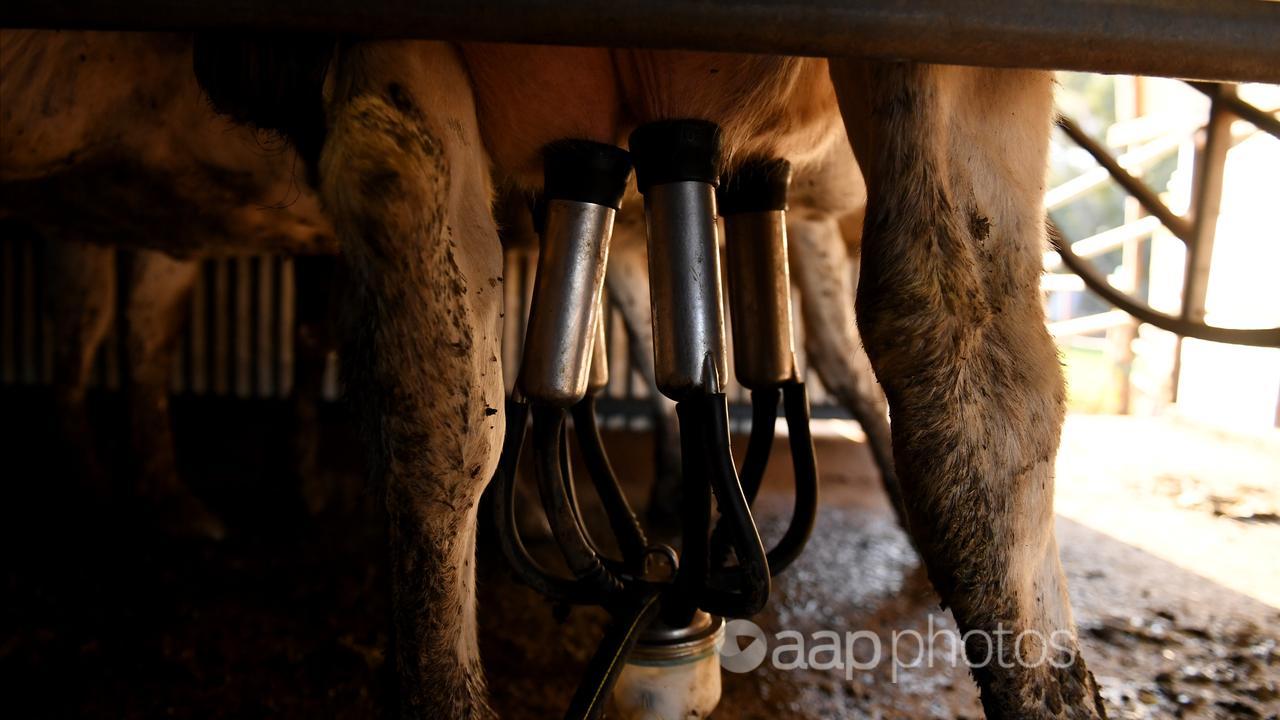
“I would argue that this is a pretty safe margin in anyone’s books,” he said.
The FSA report noted actual testing done by DSM-Firmenich “showed no detectable concentrations of NOPA from all milk sampled”.
Other posts appear to refer to the packaging label for Bovaer, which states: “Not for human use. Caution should be exercised when handling this product. 3-nitrooxypropanol may damage male fertility and reproductive organs, is potentially harmful when inhaled, and is a skin and eye irritant.”
However, this refers to workers handling Bovaer, not the milk produced by cows consuming the additive.
The manufacturer’s website states that “The product safety sheet is a standard sheet which provides clear guidelines to people handling the product at processing facilities and ensures safe use. Such procedures are quite common for feed supplements, such as vitamins, to ensure workers take appropriate measures (e.g., wearing masks and gloves) to avoid risks from small dust particles.”
Frank Dunshea, Chair of Agriculture at the University of Melbourne, told AAP FactCheck the EFSA report indicates “3-NOP would not cause cancer or cause male infertility at the proposed doses”.
The UK FSA report also found the additive is not carcinogenic at the recommended dose, based on a two-year study in rats.
The Food Safety Commission of Japan’s assessment stated 3-NOP would not cause “genotoxicity”, meaning it doesn’t damage DNA. (AAP)
